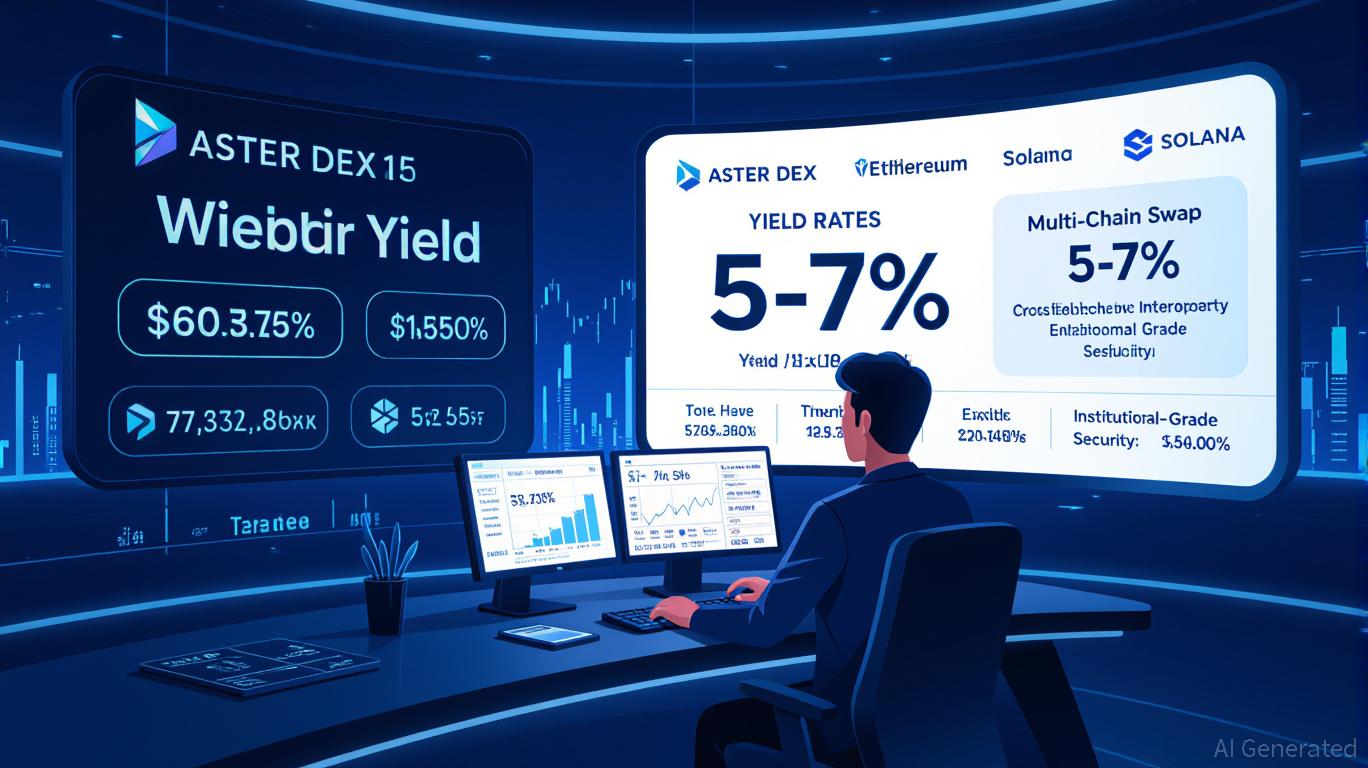Gold Medals, Financial Hardships: The Economic Challenges Faced by Olympians

Lauryn Williams, who made history as the first American woman to win medals at both the Summer and Winter Olympics, experienced a dramatic financial shift—from earning $200,000 annually through a sponsorship with
Williams’ decision to change careers was influenced by inadequate financial guidance and a personal interest in financial literacy. After failing the Certified Financial Planner (CFP) exam twice during her internship, she finally passed in 2017 and now leads Worth Winning, a company dedicated to teaching athletes about managing money This Olympic gold medalist went from $200,000/year sponsorship … [ 4 ]. Her experience is not unique: only about 1% of Olympians achieve significant earnings after their sports careers, while most must find other work to support themselves Olympic dreams are expensive, and U.S. athletes … [ 5 ]. For instance, cycling champion Kristen Faulkner saved for over four years before leaving her venture capital job to pursue full-time training Survey finds Olympic, elite athletes struggling financially [ 6 ]. Likewise, 20% of Williams’ clients went into debt to compete, revealing the unstable financial reality many Olympians face The Olympic Wealth Gap: Stars Make Bank While Most U.S [ 7 ].
Financial hardship is a systemic issue for American athletes. According to a 2024 congressional report, 26.5% of U.S. Olympians made less than $15,000 a year, while many spent up to $12,000 annually on training, travel, and gear Many U.S. Olympians struggle to get by. Now they'll get a $100,000 … [ 8 ]. In contrast to athletes from places like Singapore or Hong Kong, who receive six-figure bonuses for medals, American gold medalists are awarded $37,500—a sum further reduced by taxes from host countries, leaving them with about $30,000 Survey finds Olympic, elite athletes struggling financially [ 9 ]. The U.S. Olympic & Paralympic Committee (USOPC), which provides these awards, depends on private funding rather than government aid, leading to financial disparities Olympic dreams are expensive, and U.S. athletes … [ 10 ].
Efforts to improve this situation have recently been introduced. In 2024, the USOPC launched the Stevens Financial Security Awards, granting athletes a $100,000 retirement benefit for each Olympic Games they attend, accessible after 20 years or at age 45 Many U.S. Olympians struggle to get by. Now they'll get a $100,000 … [ 11 ]. While this offers future security, it does little to address immediate financial needs. Paralympians, in particular, often face even higher expenses for specialized equipment, sometimes costing over $10,000 per item Olympic dreams are expensive, and U.S. athletes … [ 12 ]. These ongoing challenges point to the necessity for broader reforms, as a 2023 global survey found that 58% of athletes reported financial instability, with many calling for direct compensation during the Olympic Games Survey finds Olympic, elite athletes struggling financially [ 13 ].
Williams’ experience is both a warning and a rallying cry. She recommends automating savings and setting up retirement accounts—advice that aligns with findings that 80% of athletes lack a formal financial plan The Olympic Wealth Gap: Stars Make Bank While Most U.S [ 14 ]. Although the new USOPC initiative is a positive step, it highlights the ongoing need for advocacy and policy changes to ensure fair pay and support for American athletes competing on the global stage Many U.S. Olympians struggle to get by. Now they'll get a $100,000 … [ 15 ].
Disclaimer: The content of this article solely reflects the author's opinion and does not represent the platform in any capacity. This article is not intended to serve as a reference for making investment decisions.
You may also like
Vitalik Buterin Backs ZKsync: Igniting Ethereum Layer 2 Innovation and Ushering in the Next Era of DeFi
- Vitalik Buterin's endorsement of ZKsync's Atlas upgrade accelerates Ethereum's ZK-based scalability strategy, positioning ZKsync as a key DeFi infrastructure player. - The upgrade achieves 15,000+ TPS with near-zero fees via ZK Stack, enabling 30% stablecoin dominance and bridging Ethereum's L1-L2 liquidity gaps. - Institutional adoption surges as ZK token gains 50% post-endorsement, supported by $15B in ZK-related DeFi inflows and StarkNet's TVL tripling in Q4 2025. - Upcoming Fusaka upgrades (30,000 TP

ZK Atlas Enhancement and Its Influence on Layer 2 Scaling
- The ZK Atlas Upgrade (Oct 2025) revolutionized Layer 2 scalability with 15,000+ TPS and $0.0001/tx costs via innovations like Atlas Sequencer and Airbender prover. - Vitalik Buterin's GKR protocol reduced ZK verification costs 10-15x, slashing Ethereum gas fees by 90% and boosting DeFi competitiveness. - ZK ecosystem TVL hit $3.5B by 2025, with $15B in Bitcoin ETF investments and 60.7% CAGR projected for ZK Layer 2 market growth to $90B by 2031. - Institutional adoption accelerated as stablecoins capture

Bitcoin Updates Today: Veteran Bitcoin Holders Selling Raises Questions: Is the Market Unstable or Undergoing a Tactical Change?
- Bitcoin OG holders are accelerating sales of decade-old BTC stashes, with $1B+ moved from pre-2018 wallets in 2025. - Analysts debate motives: Erik Voorhees sees long-term adoption focus, while Willy Woo cites quantum risk mitigation and SegWit address shifts. - Price volatility intensifies as BTC struggles to reclaim $105k-$106k support, with $722M realized losses and ETF buying ($530M) failing to offset selling pressure. - Historical patterns suggest potential 15-20% corrections, with on-chain expert D

DeFi’s Latest Gateway: How DASH’s Calculated Strategy Demonstrates Trustworthiness to Institutions
- Aster DEX's DASH token, with institutional backing, drives DeFi adoption through hybrid models. - DASH's yield-collateral model offers 5-7% returns, bridging traditional and decentralized finance. - Partnerships with Binance and $17.35B TVL validate Aster DEX's institutional credibility. - Price volatility and regulatory risks persist, but hybrid compliance tools mitigate challenges. - DASH's strategic move highlights DeFi's potential as a bridge to next-gen financial infrastructure.
